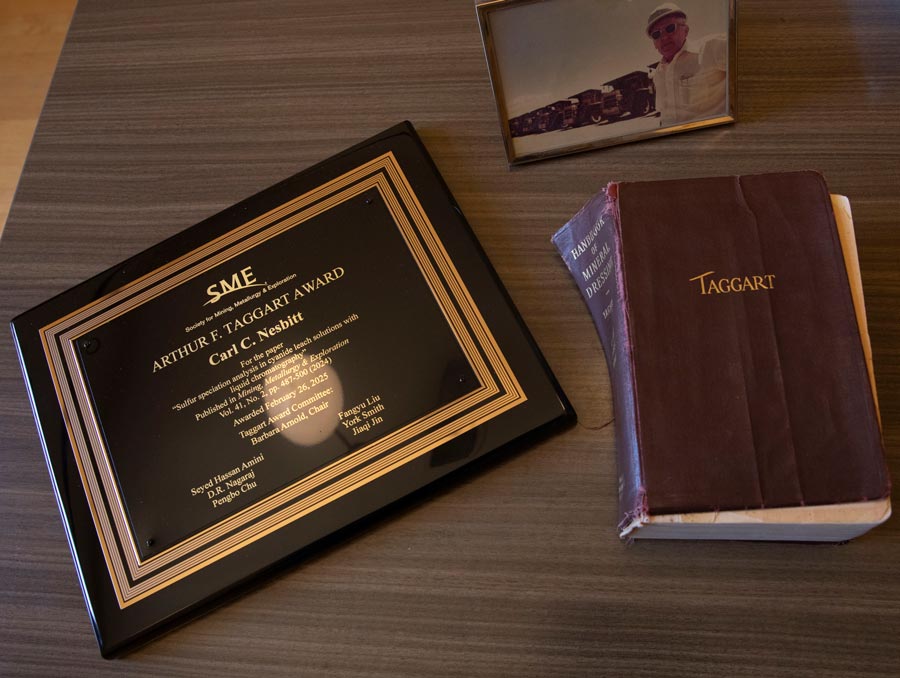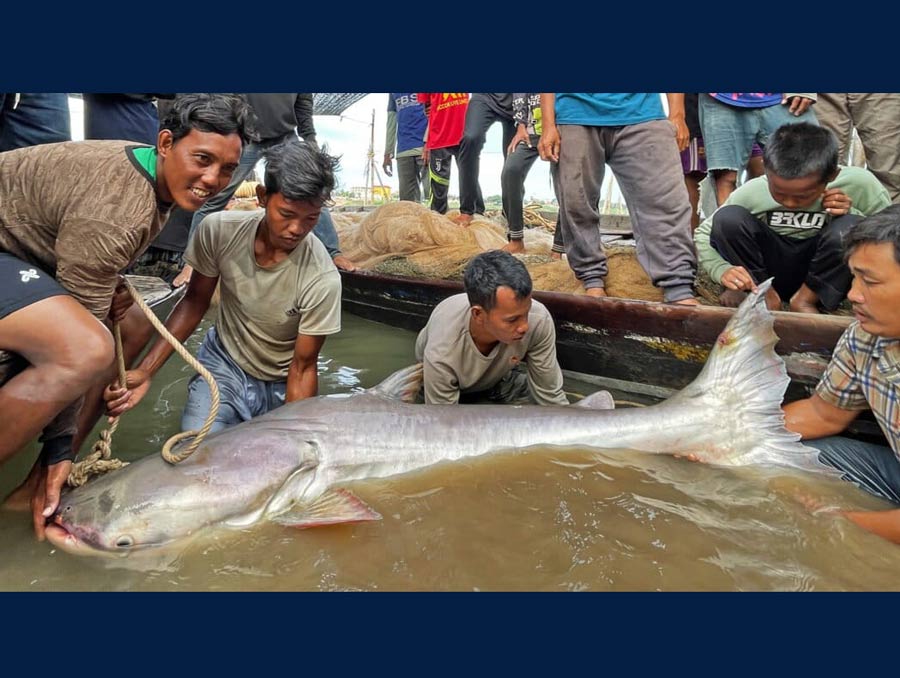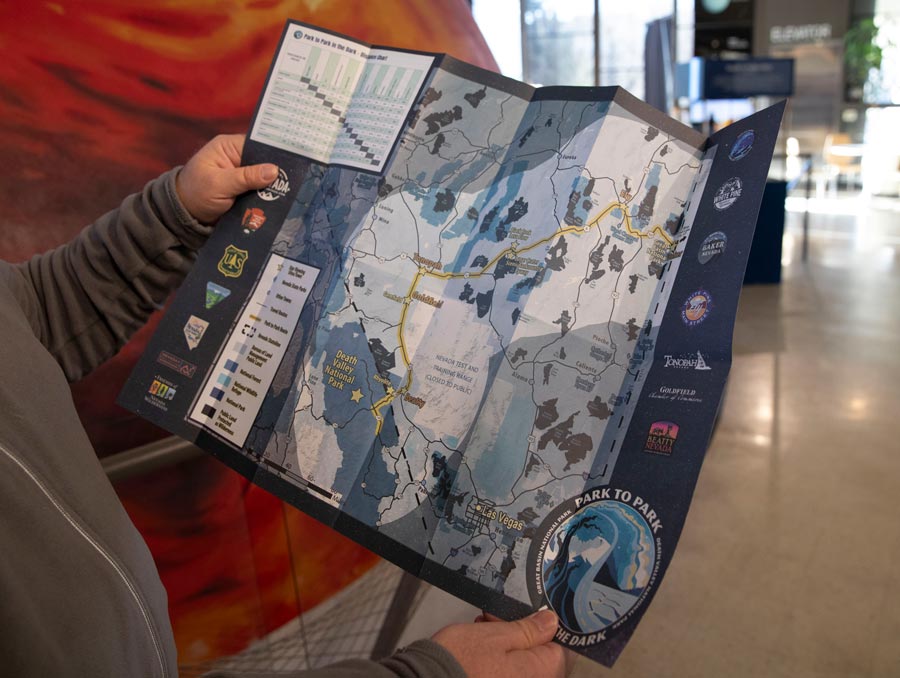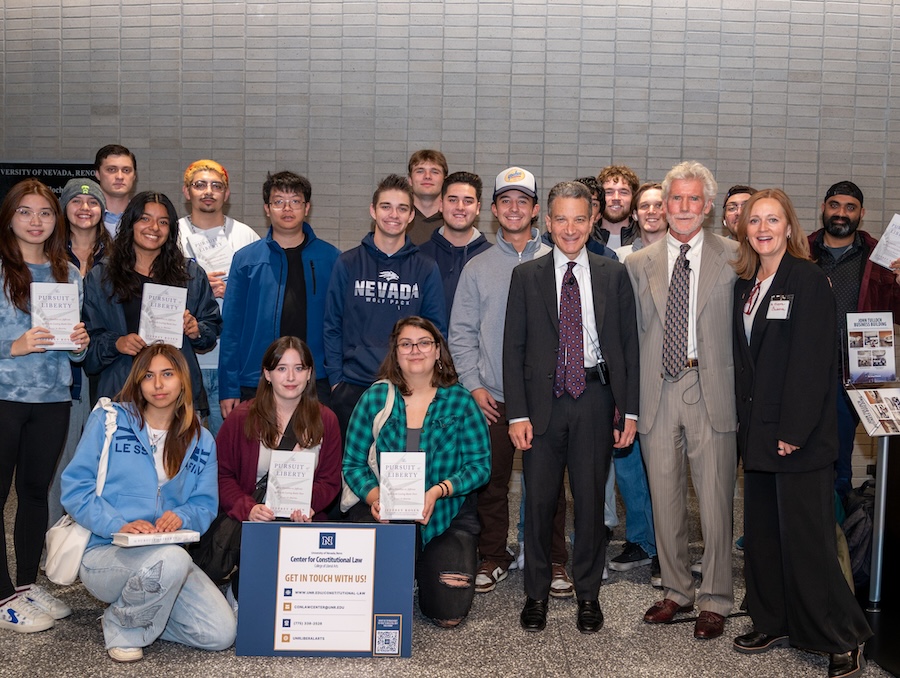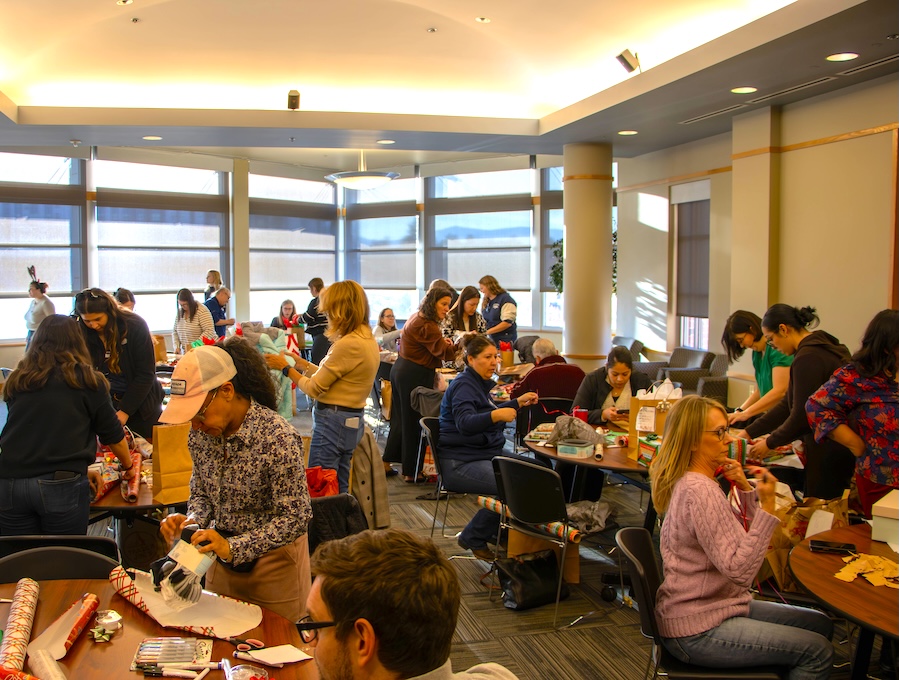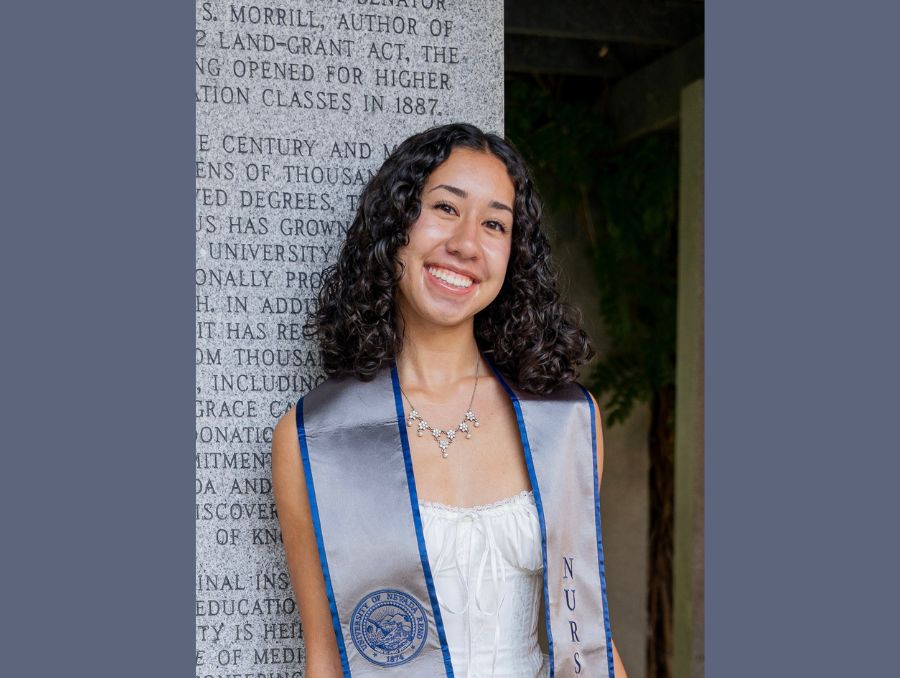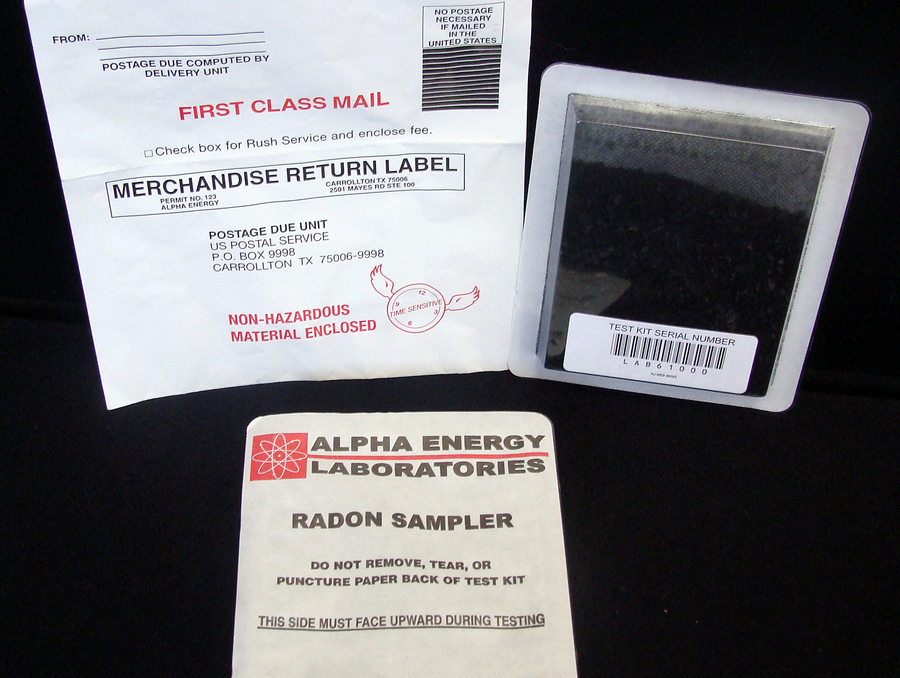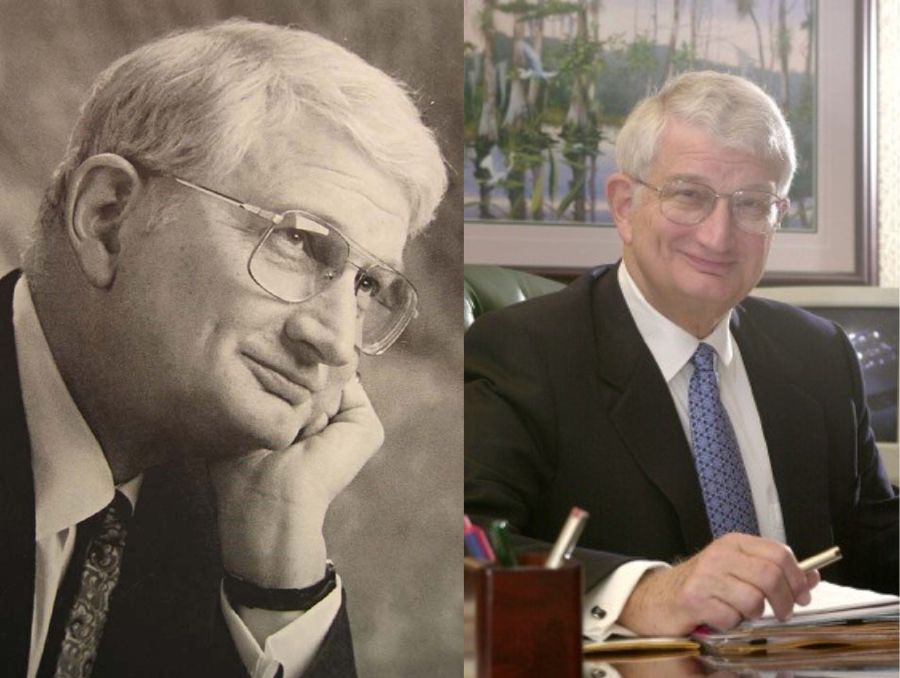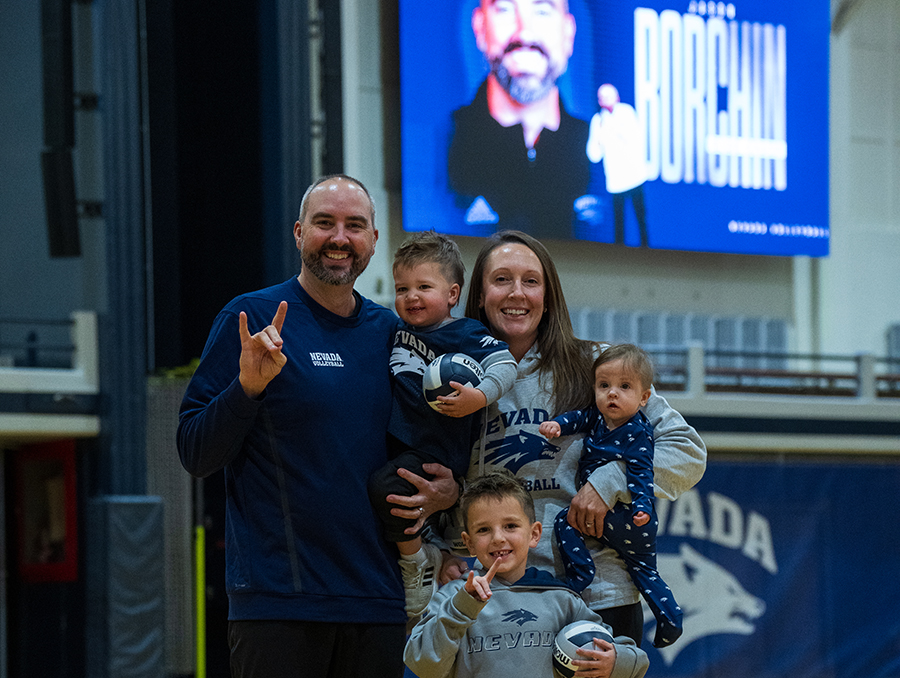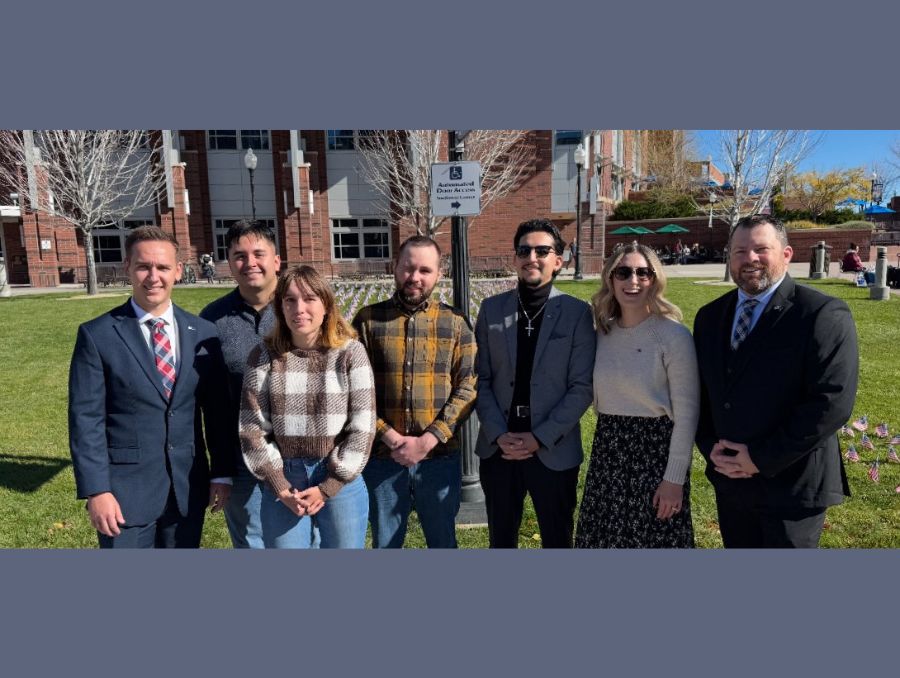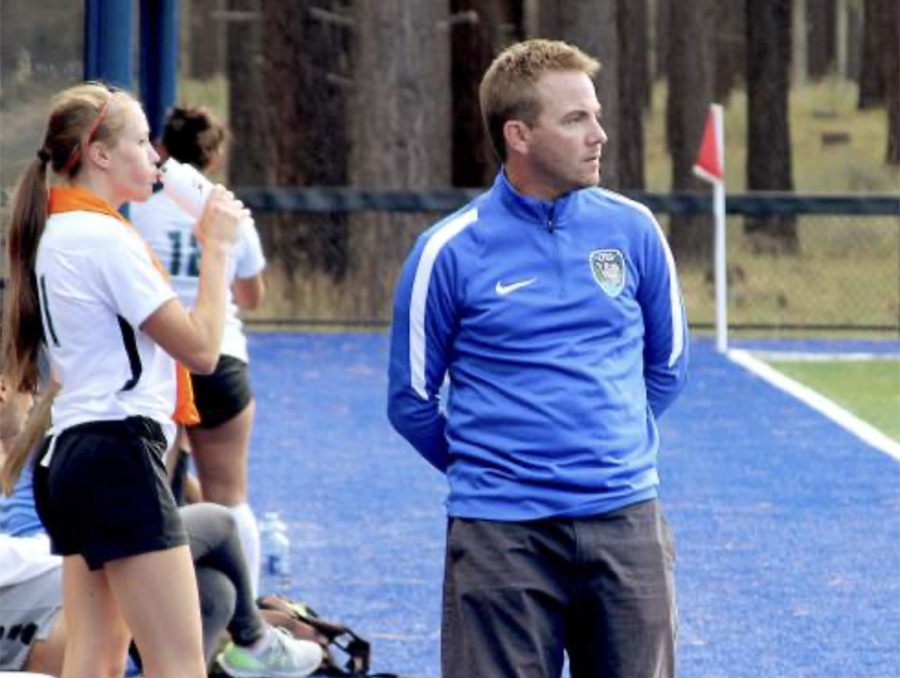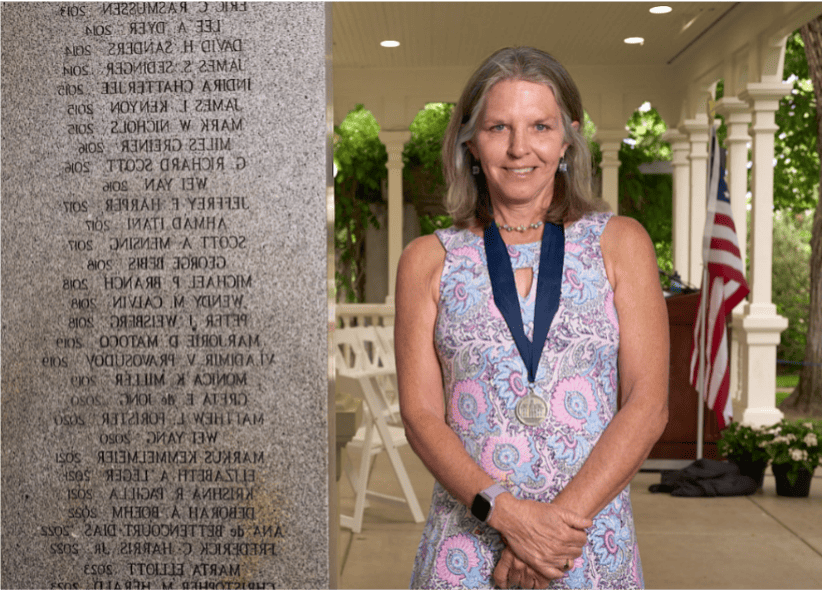In 1905, James Nesbitt graduated from what was then known as the Mackay School of Mines with his bachelor’s degree in mining engineering. His son Mark Nesbitt would graduate in 1941 with his bachelor’s in mining engineering, and another degree in metallurgical engineering in 1957. His son Carl Nesbitt would become a third generation Mackay graduate, receiving his bachelor’s degree in chemical engineering in 1980 (chemical engineering was housed in the Mackay School at the time), his master’s degree in 1985 and his doctoral degree in 1990, both in metallurgical engineering.
Carl, now an associate professor and the Newmont Endowed Chair in Minerals Engineering in the Department of Mining and Metallurgical Engineering, grew up in Weed Heights outside Yerington, Nevada.
Mark didn’t tell Carl that he was the third generation to graduate from the Mackay School until after he graduated (“Seems he didn’t want to jinx me,” Carl surmised). Despite his grandfather starting the unofficial tradition of receiving an education in mining engineering, he didn’t end up working in the industry.
“He went down to Tonopah,” Carl said, “the big boomtown of the era, and went underground, came up, looked around and said, ‘Groceries. I think I’ll open a grocery store.’”
Mark did work in the mining industry in many parts of the country. James passed away when Mark was young, and the Nesbitt family moved to Reno, where Mark became a talented pianist. He continued playing throughout college, where he met his wife Merle Young (a second generation Nevadan) before graduating with his degree. He began working in the mining industry and was mining magnesium, which was used in plane manufacturing, before being drafted into World War II. Mark’s work was still related to planes, as he was trained to be a plane mechanic. After the war and some stints in mines across the Western U.S., Mark and Merle returned to Nevada where Carl was born, and Mark began working for the Anaconda copper mine in Weed Heights. Mark would go on to serve as president of the Nevada Mining Association and was the general manager of the Yerington Mine when it closed in 1979.
After he retired, Carl’s father gave him “the Bible” of mineral processing, “Handbook of Mineral Dressing” by Arthur F. Taggart.
“They show you how to put little hats on all of the minerals,” Carl joked, before adding, “this is an important book that surveyed every mining operation in the country and reported processing data for every process that is used to collect valuable minerals.”
The book is tattered, the front cover ripped off and the pages where he flipped to find his most referenced pages dirtied.
“[My dad] handed me this book when I went to work for the mining industry in 1980,” Carl said. “He had just retired, and he said, ‘Here, you need this,’ so he gave me his Taggart. And then, however many hundreds of years later,” Carl joked, “I get the Taggart Award.”
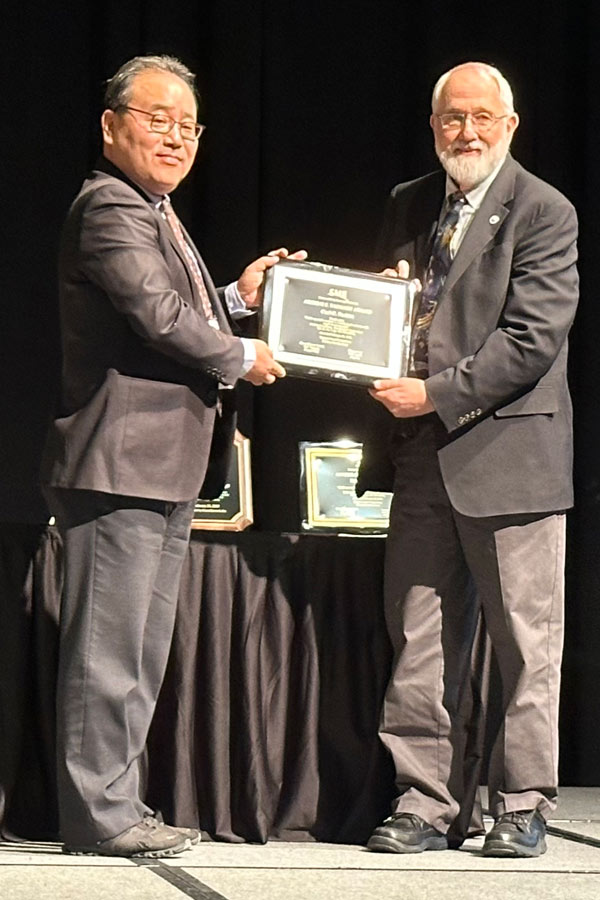
The Arthur F. Taggart Award is given to the authors of a paper published in the Society for Mining, Metallurgy & Exploration (SME) journals which represents a notable contribution to the science of minerals processing. Carl shared the award with his former doctoral student Naci Duru for their article, “Sulfur speciation analysis in cyanide leach solutions with liquid chromatography” published last March in Mining, Metallurgy & Exploration.
The winning article was one chapter of Duru’s dissertation. Duru has since worked in many parts of the mineral processing industry, from copper to working at Redwood Materials to smelting to cement.
Pengbo Chu, Nesbitt’s colleague in the Department of Mining and Metallurgical Engineering, was on the selection committee for the Taggart award.
It was a full-circle moment for Nesbitt.
“When I got the announcement, I’ll be honest, I teared up a little bit,” Carl said.
